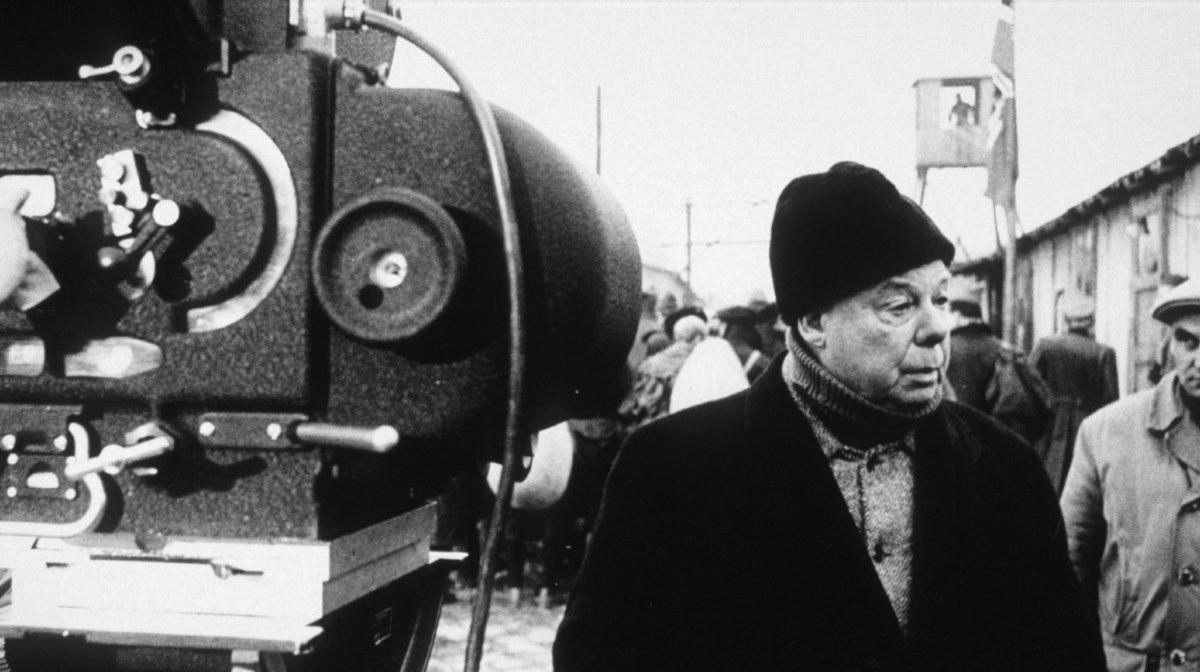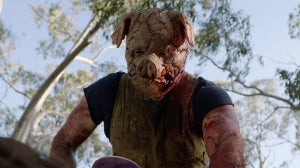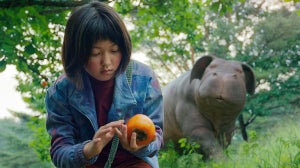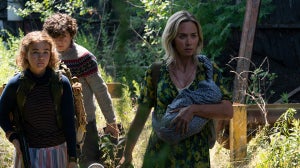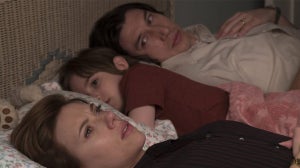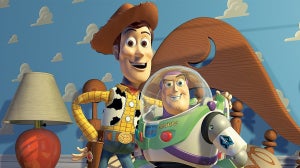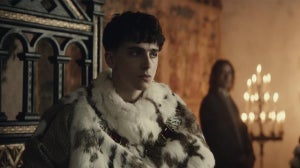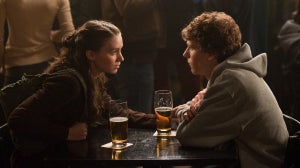Fewer film directors have single-handedly changed the perspective of realism as much as Jean Renoir, unafraid to tackle current and controversial subjects such as World Wars, French society and class systems, his films kick-started social commentary and cinematic realism on an international scale. Sitting somewhere between the birth of cinema and the French New Wave , Renoir’s style was vital in the establishment of film in France, with his early films part of the silent era, and his later work developing into modern realism.
Beginnings and establishment
Jean Renoir started life in the Montmartre district of Paris, fathered by the Impressionist painter Pierre-Auguste Renoir, and his wife, Aline. Renoir comes from a family rich of artists and creatives: besides his painter father, his brother, Pierre, was an actor of film and stage, and his nephew, Pierre’s son Claude, was a cinematographer who would eventually work with Jean on many of his films.
Raised by family friend and live-in nanny, Gabrielle Renard, Renoir’s youth was seasoned with cinema trips and artistic endeavours, with Renard introducing the young boy to the ‘motion picture craze’ and other lessons in art and life.
After fighting in the First World War and becoming injured due to a shot wound in his leg, Renoir was now on the hunt for a career-path, and after his father’s suggestion of taking up ceramics was quickly tried, tested and abandoned, he found film.
A slew of early silent-era films kick-started Renoir’s career, although not much profit was made from them, so Jean resorted to selling his father’s paintings to fund these first few productions.
Height of Fame in the 30’s: Le Grande Illusion &
La Règle du Jeu
Many features later, and with the introduction of recorded sound in film, Renoir began to develop his own style and subsequently some of his strongest films.
La Grande Illusion was a controversial World War One film produced in 1937, and it was controversial in that it tackled class issues in wartime. The film’s protagnists are two aviators: upper-class aristocratCaptain de Boeldieu and working class Lieutenant Maréchal, who find themselves shot down over Germany. Two different stories unfold, one of imprisonment and conflict, and one of privilege and international relationships. Aristocratic de Boeldieu finds that both him and his upper-class German capturer share relatives, surely influencing the way he is treated. When the pair meet another couple of prisoners, they all work together to plan an escape, learning more and more about how class can affect the outcome of certain situations.
Next came La Règle du jeu, a satirical masterpiece that encompasses the social system of the late 1930’s in France. Set in a grand house, La Règle du jeu (The Rules of The Game), was a comment on the upper class and their servants right before the outbreak of the Second World War.
La Règle du jeu was innovative for it’s use of deep focus cinematography, which ensures that both the foreground and the background are in focus simultaneously. Deep focus filming made it possible to utilise shots of vast, open interiors containing lots of cast members. The effect of these shots is still to this day aesthetically pleasing, and they were particularly functional for showing the hectic and chaotic scenes rich with action.
Despite initial controversy, Jean Renoir’s films have been critically acclaimed, and his work from this period is said to be amongst the best films ever made by reputable critics and reviewers.
The 40’s: The war, Hollywood and beyond
After the release of La Règle du jeu, Renoir was flung into a military position as a result of the Second World War as a film teacher in Italy, which was an attempt to maintain good relations. Soon after however, Renoir was positioned back in France, and so fled to the United States when Germany invaded.
Renoir enjoyed a stint in Hollywood and India before returning to Europe, finding success in stage plays, films and writing.
Featured Image Source: Rex Features
Film & TV Columnist. I'll delve deep into cinematography and narrative. I enjoy whiskey and ginger ale, really selective alternative music and my newly-adopted pet spider.
